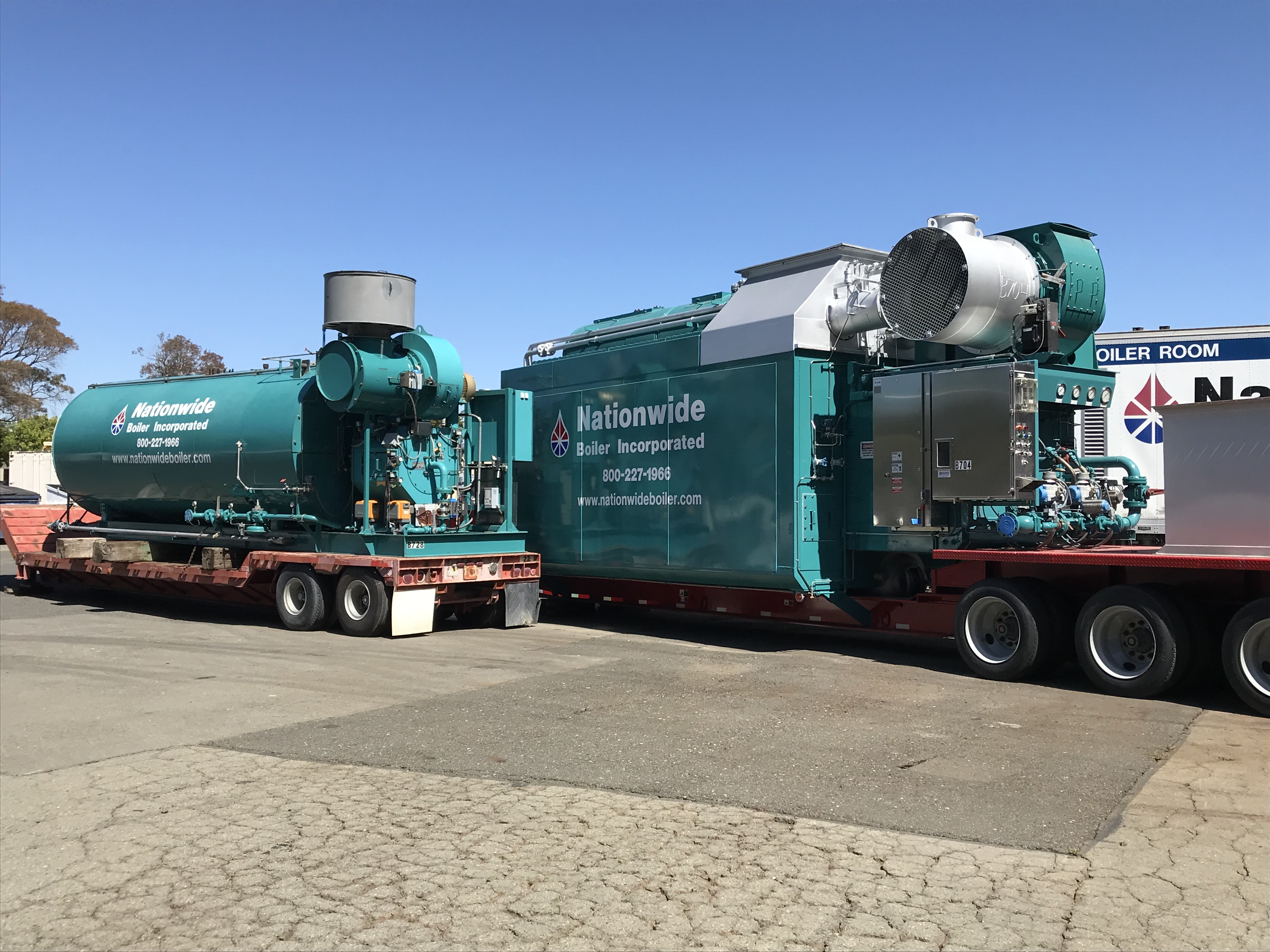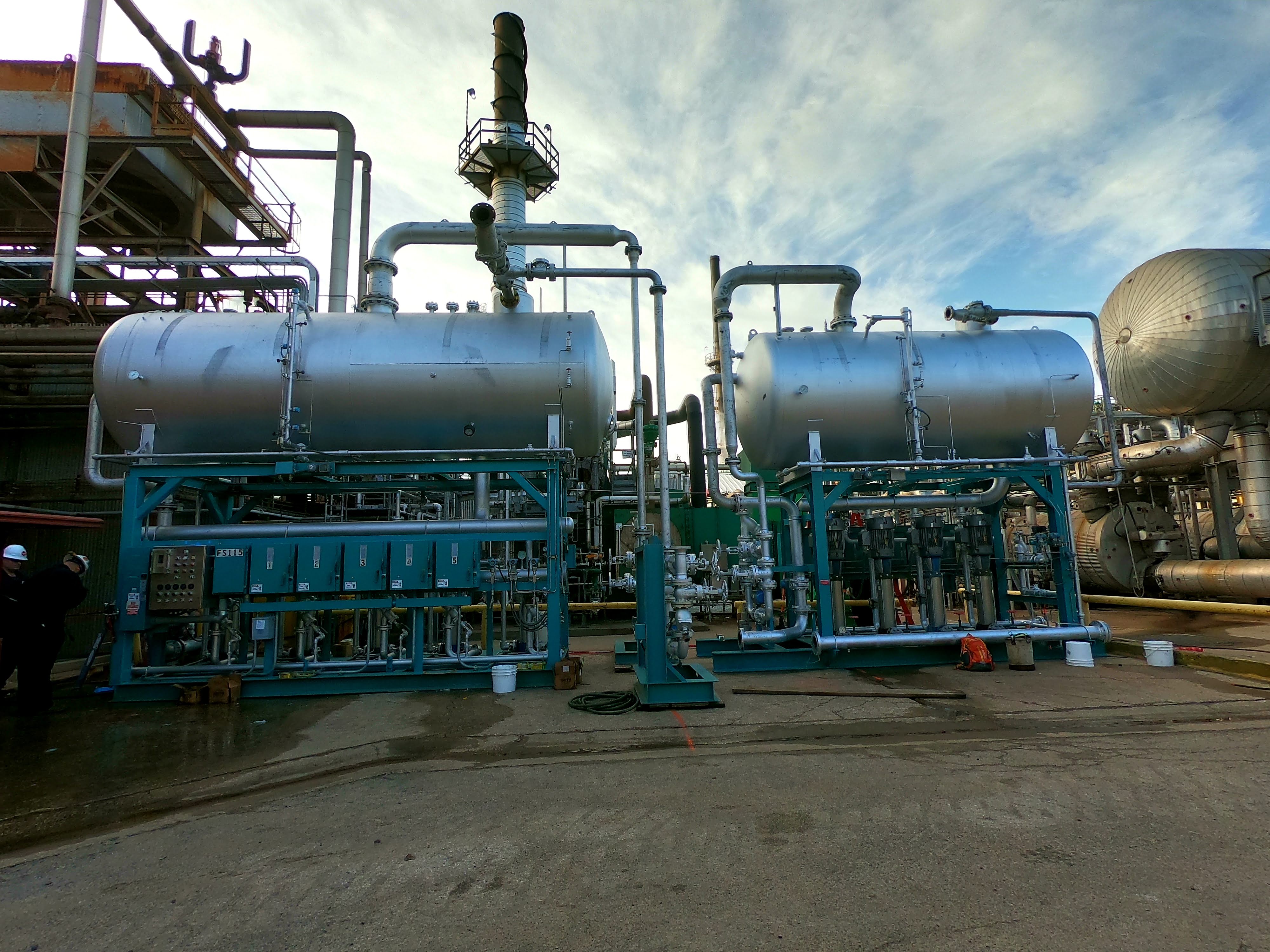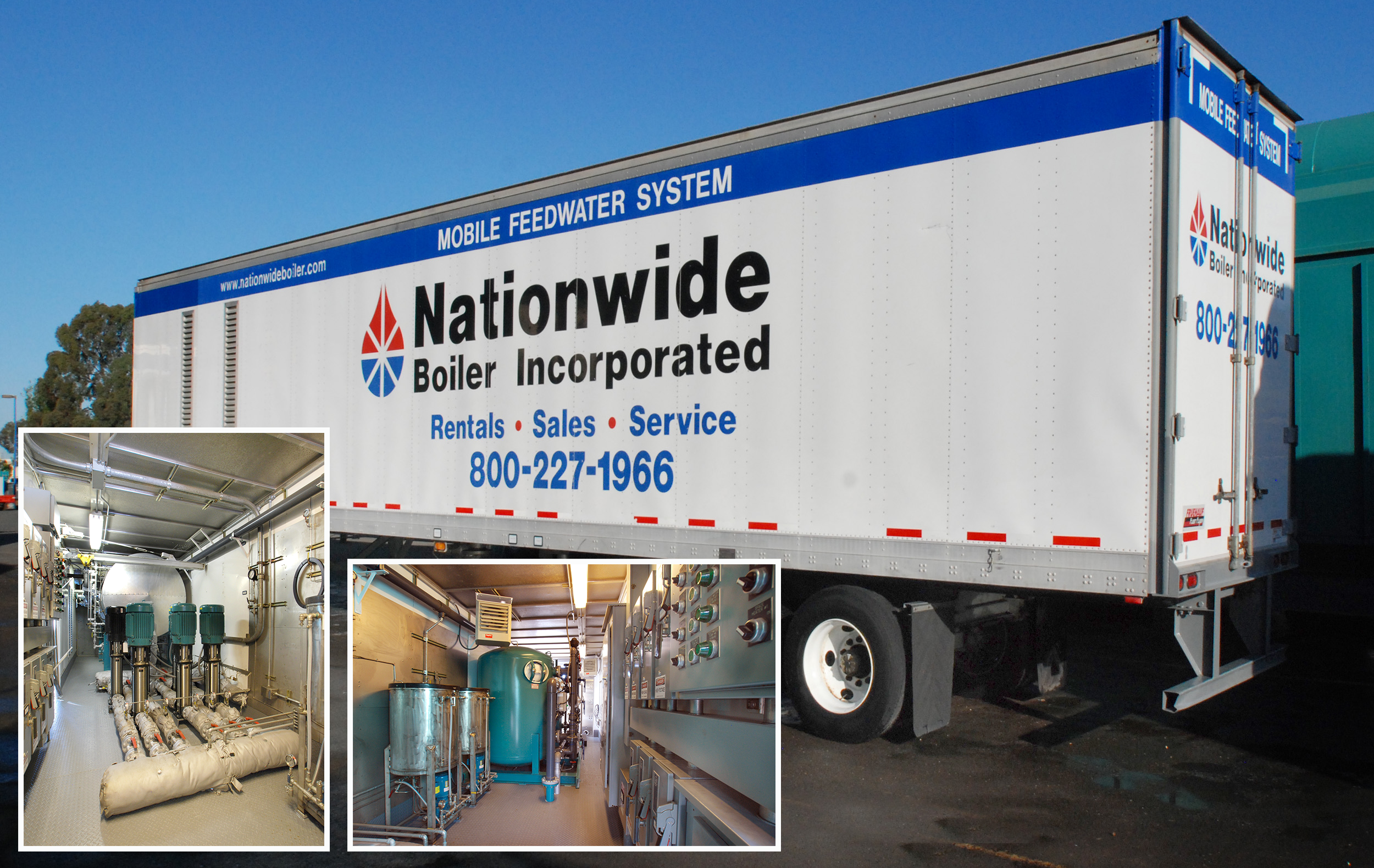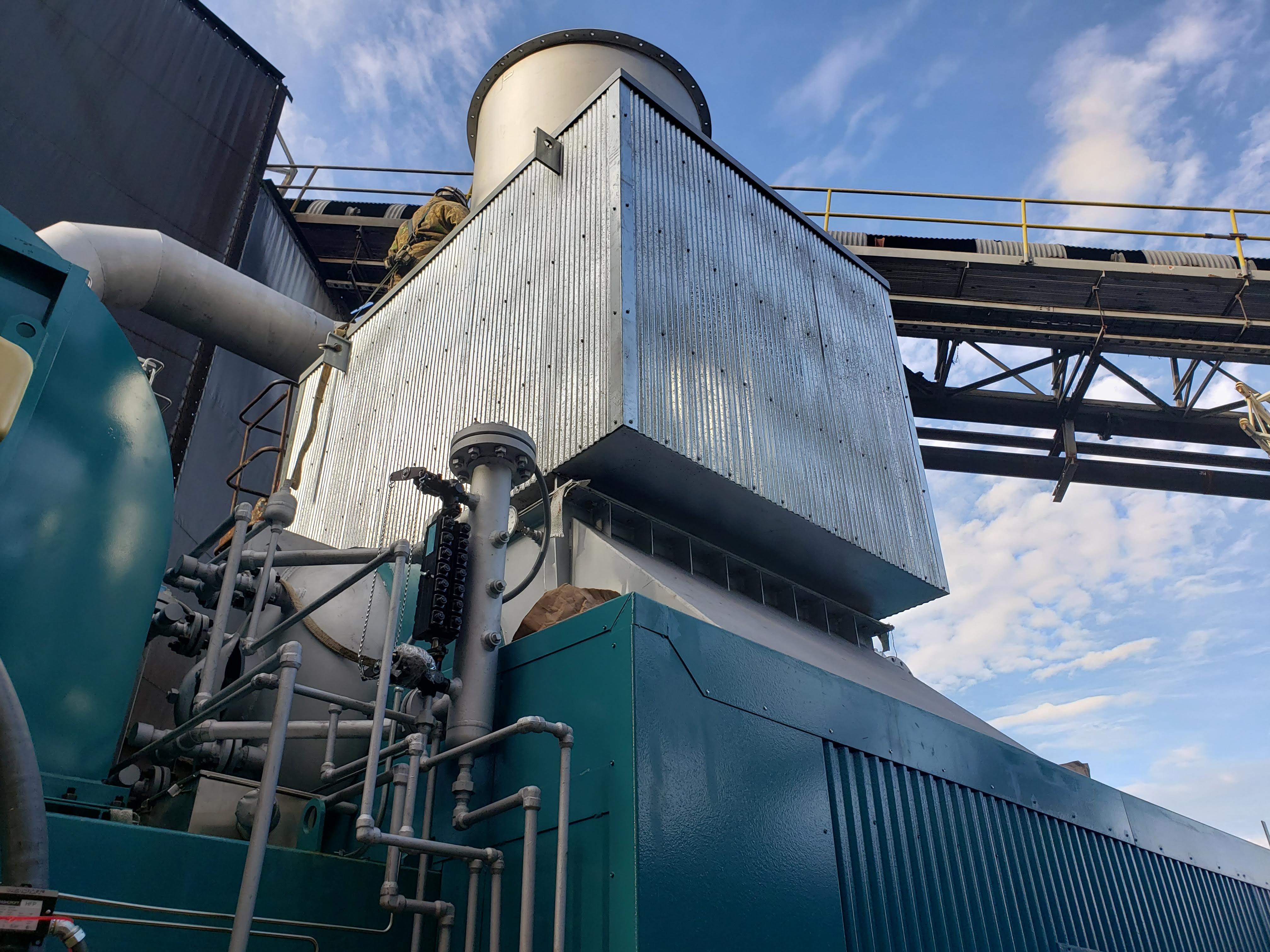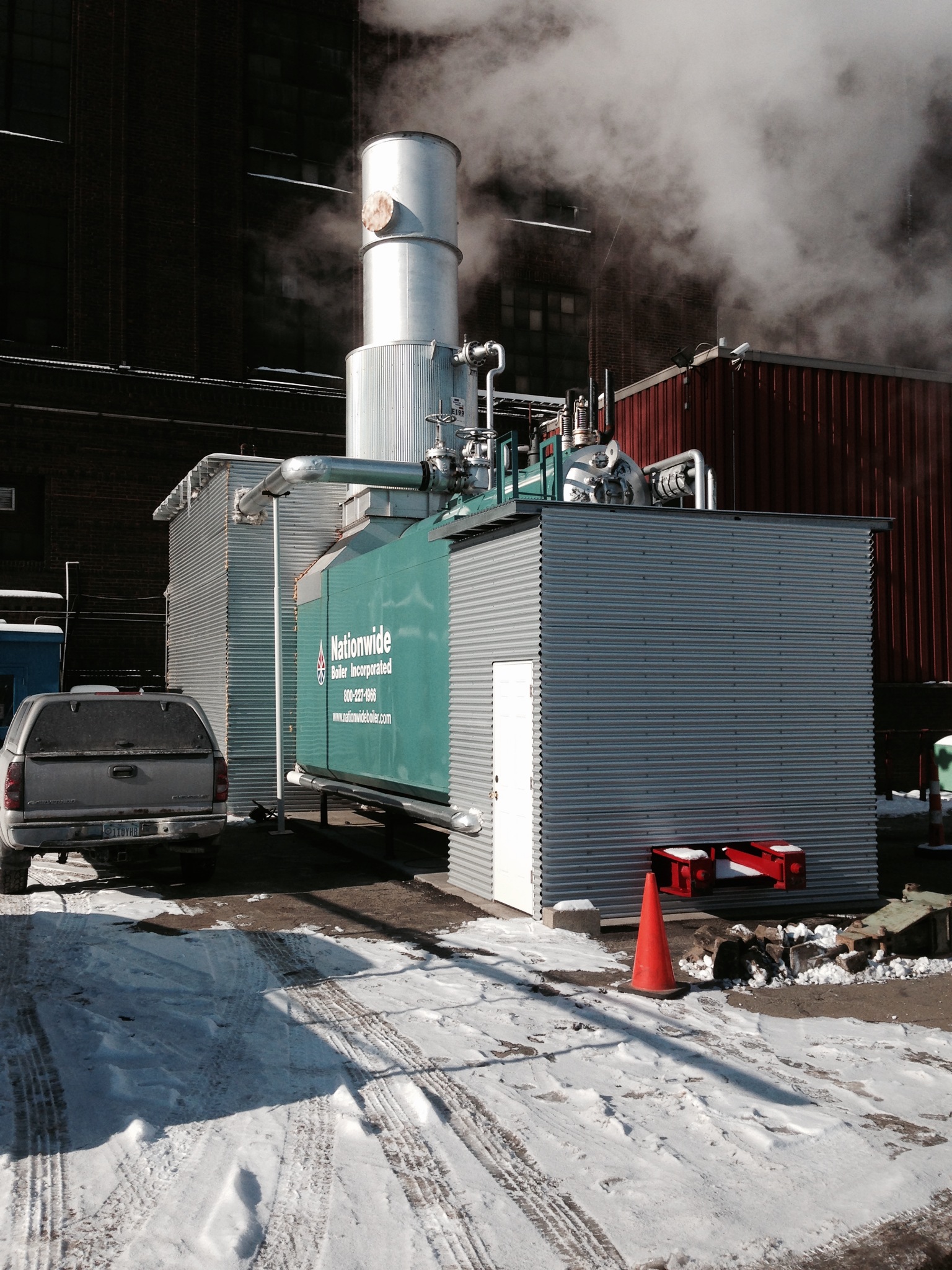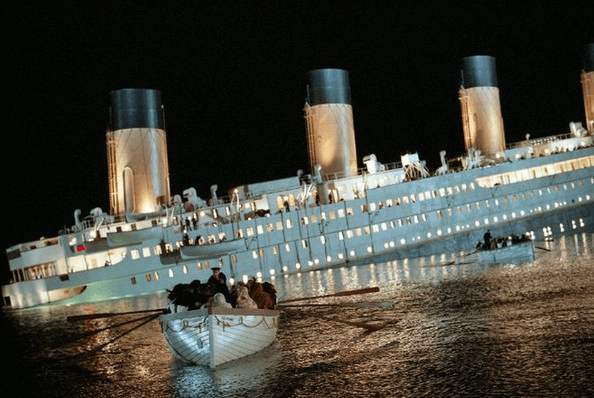In today’s volatile industrial landscape, supply chain disruptions and rising costs are reshaping how businesses acquire critical equipment. For steam users, these challenges are especially severe, with lead times for large watertube boilers now stretching to 50 weeks. Nationwide Boiler’s in-stock boiler program offers immediate access to high-quality boilers, mitigating risks such as escalating costs and unpredictable tariffs.
The Growing Need for Immediate Solutions
Supply chain delays have become a persistent issue across industries, driven by factors like material shortages, logistical bottlenecks, and fluctuating global markets. For steam plant operators, these delays can jeopardize production schedules and operational efficiency.
Nationwide Boiler's in-stock boiler program addresses these challenges, offering ready-to-ship solutions that eliminate long manufacturing lead times.
Advantages of Nationwide Boiler’s In-Stock Boiler Program
At Nationwide Boiler, we have built our reputation on reliability and foresight by maintaining an inventory of new and reconditioned boilers tailored to meet the needs of diverse industries. Our in-stock boiler inventory includes a robust selection of high-demand equipment ready for immediate shipment—no long lead times, no surprises.
Our stock boiler program features brand-new Babcock & Wilcox 200,000 lb/hr superheat watertube boilers, currently one of the only units of its kind available for immediate purchase, as well as a wide range of Hurst firetube package boilers from 200 to 800 HP. Whether you need saturated or superheated steam, low or high pressure, we have solutions on hand to meet urgent project timelines and evolving plant requirements.
Several key advantages of Nationwide’s in-stock boiler program:
- Reduced Lead Times: Unlike custom-built boilers that take months to manufacture, in-stock boilers can often ship within days or weeks of an order.
- Cost Stability: With potential tariffs driving up costs unpredictably, purchasing a stock boiler provides protection from price surges associated with raw materials.
- Immediate Engineering Support: Pre-prepared engineering drawings are available for all stock boilers, streamlining project planning and installation.
- Pre-Purchase Inspections: Customers can inspect equipment before purchase to ensure it meets their exact specifications
A Strategic Response to Tariff Uncertainty
One of the most pressing concerns for industrial buyers today is the impact of potential tariffs on steel and other imported materials. Tariffs can cause sudden spikes in equipment costs, making it difficult for businesses to budget effectively. By investing in boilers that are already manufactured and priced, companies can sidestep these uncertainties. Nationwide Boiler’s in-stock boiler program allows customers to lock in pricing at the time of purchase, avoiding unexpected cost increases that could derail projects.
Why Choose Nationwide Boiler?
In an environment where time, cost, and reliability are critical, Nationwide Boiler’s in-stock boiler program delivers a practical and proactive solution. By offering immediate access to high-quality firetube and watertube boilers—including large-capacity units and complete system packages—we help businesses avoid costly delays and navigate market volatility with confidence.
We also offer one of the world’s largest and most versatile rental boiler fleets, including mobile boiler rooms, trailer and skid-mounted boilers, plus auxiliary equipment like feedwater systems, economizers, and emissions control equipment such as the CataStak™ SCR system. Backed by expert support and decades of industry experience, we’re here to keep your operation moving forward—on time and on budget.
Explore our stock boiler inventory to find the ideal match for your project and reach out today for a quick quote. Our team of experts will promptly match your needs with the right equipment, and provide the information and support necessary to keep your business running smoothly.



